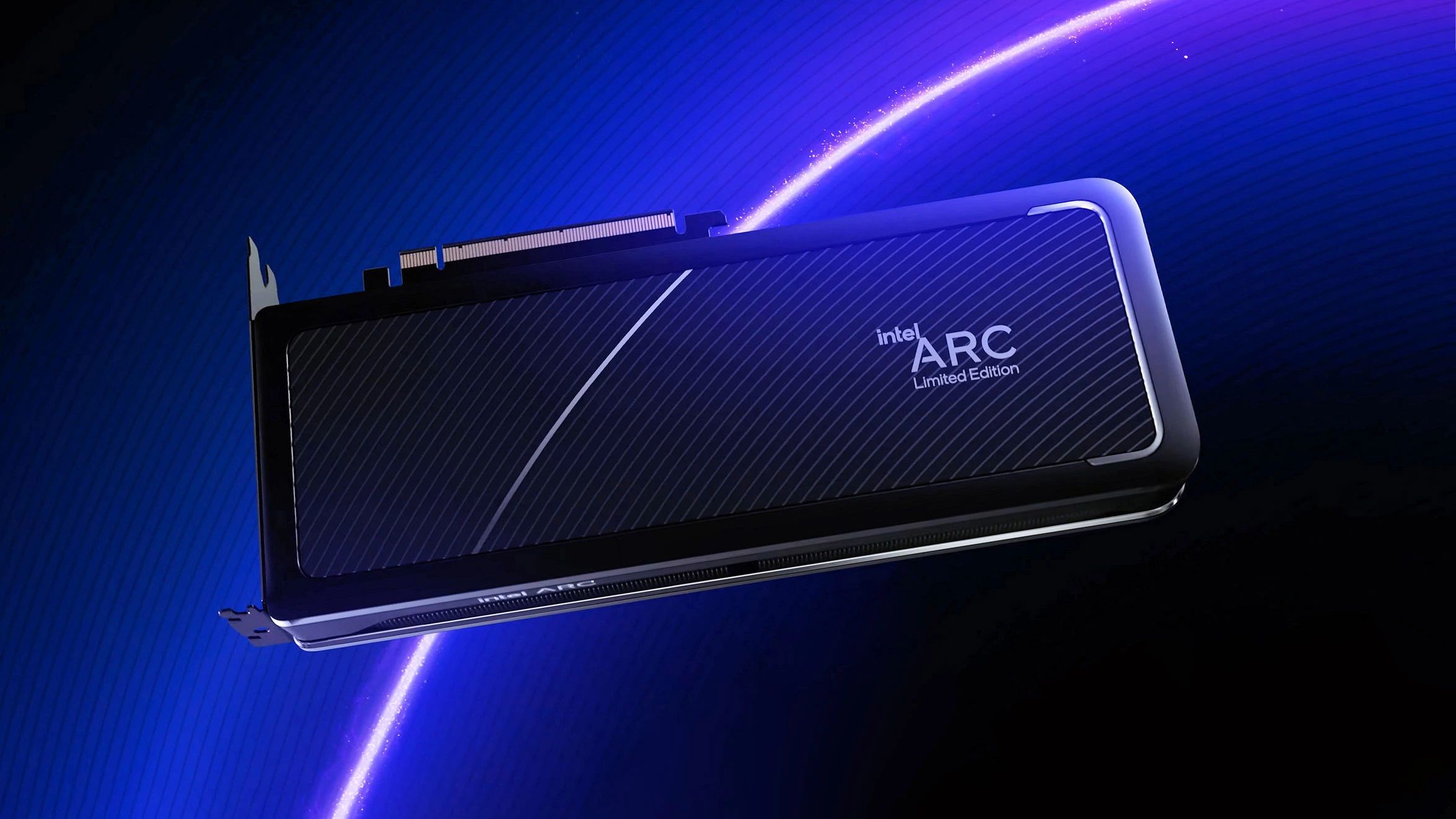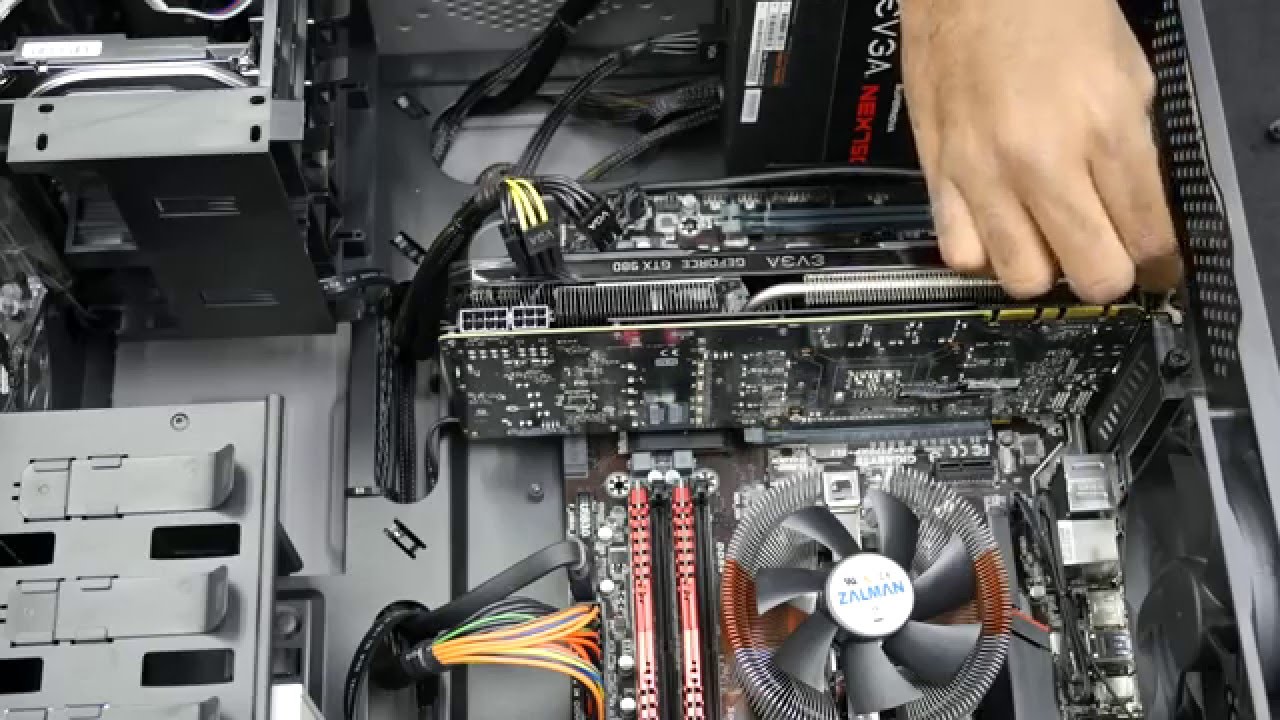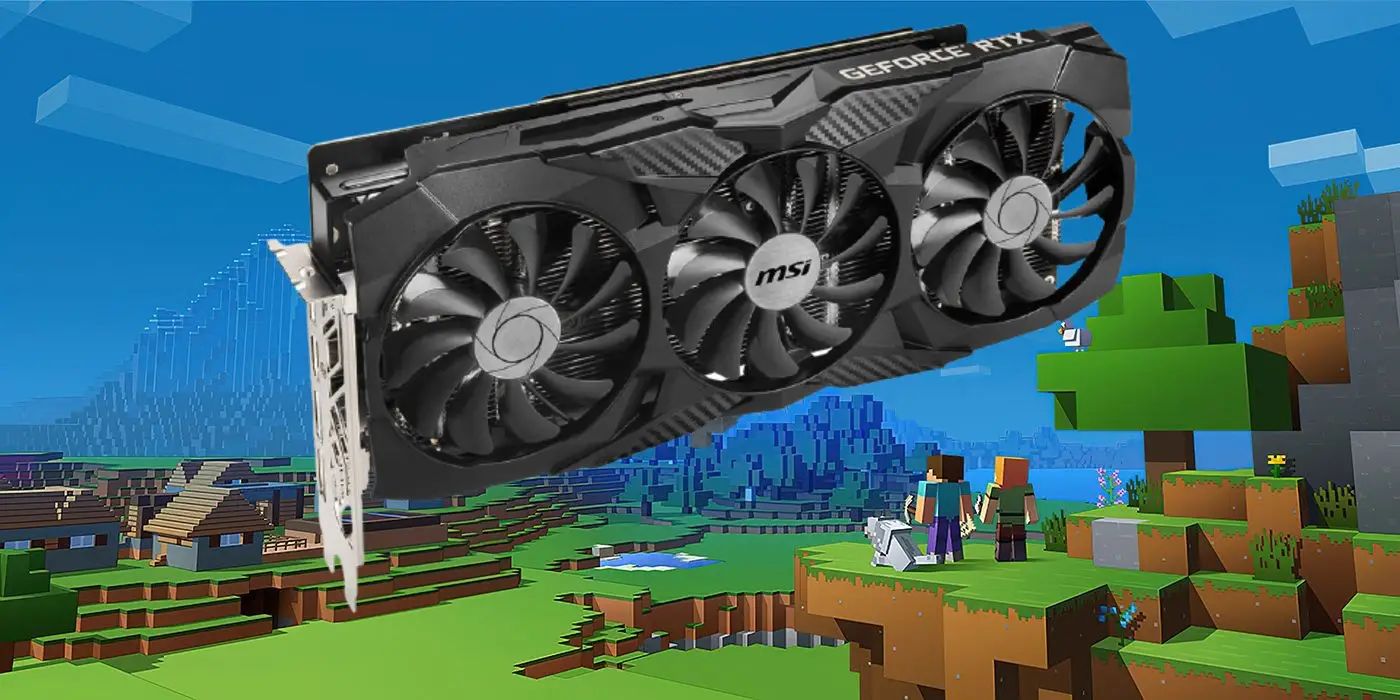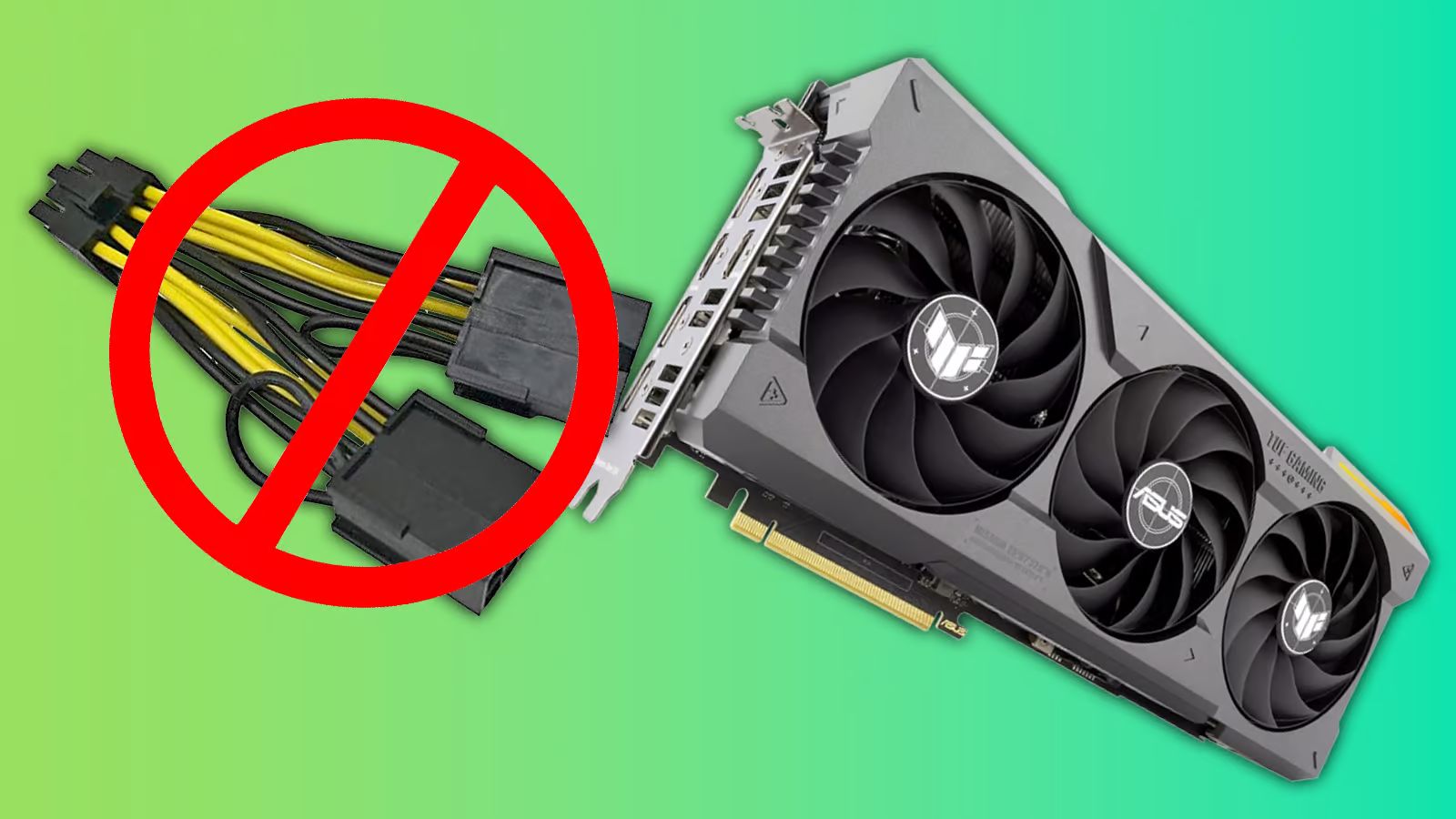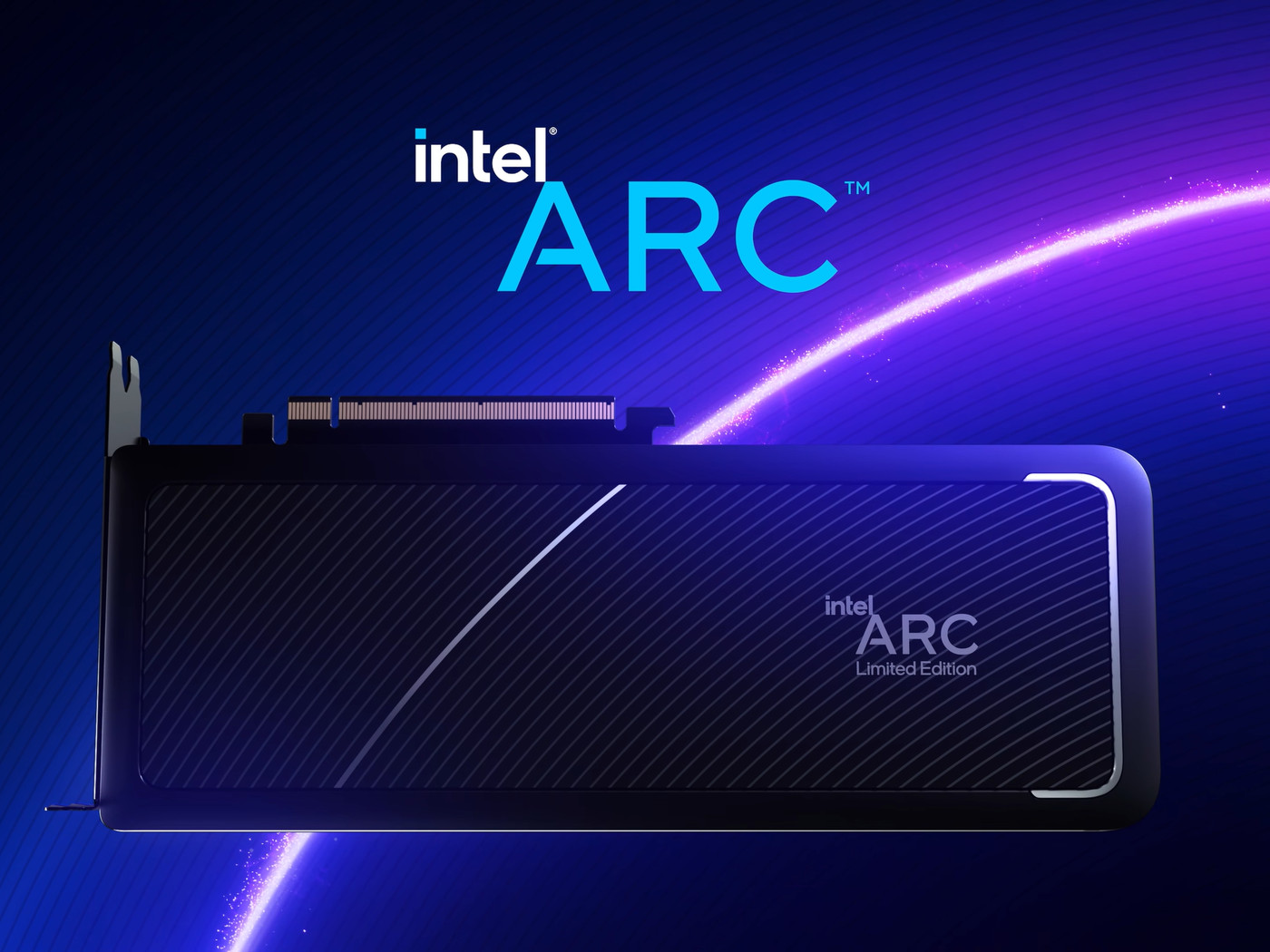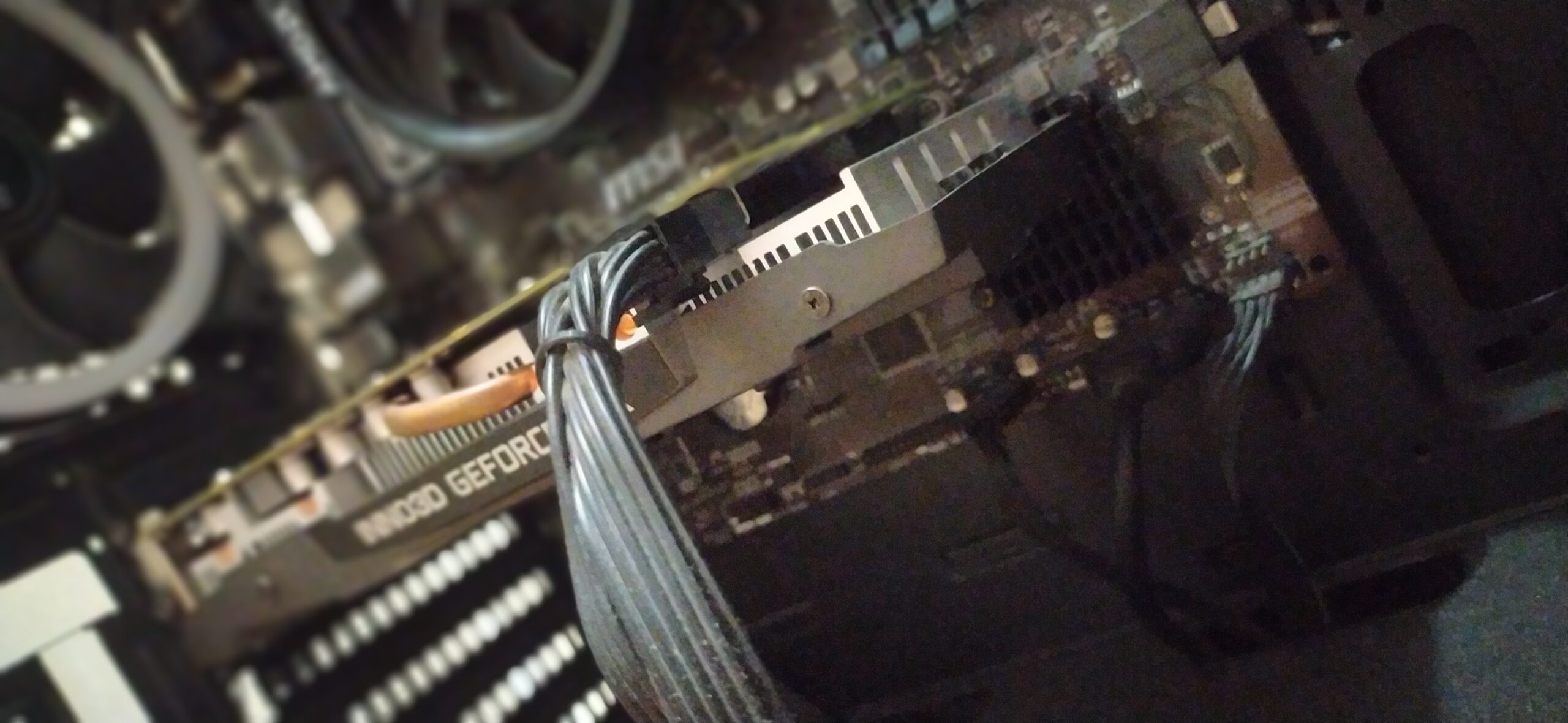Overview of Intel GPU Issues
Intel GPUs have been a reliable choice for many computer users, especially when it comes to handling basic graphics tasks. However, they are not without their share of problems. These issues can range from performance limitations to compatibility concerns, impacting the overall user experience. This section provides an overview of the common issues faced by Intel GPU users.
One of the major factors contributing to the problems faced by Intel GPUs is the inadequate driver support. Intel’s driver updates for their integrated GPUs often lag behind those provided by dedicated GPU manufacturers like NVIDIA and AMD. This can result in compatibility issues with newer software and applications, leading to performance hiccups or even crashes.
Another limitation of Intel GPUs is their comparatively lower performance, especially when compared to dedicated GPUs. While they are suitable for basic tasks like web browsing and productivity applications, they struggle to handle graphics-intensive tasks such as gaming or video editing. This lack of performance can be frustrating for users who rely on their computers for demanding tasks.
Thermal constraints also play a role in the issues faced by Intel GPUs. Integrated GPUs share the same thermal envelope as the CPU, leading to thermal throttling under heavy load. This can cause a drop in performance, resulting in laggy visuals or unexpected system crashes.
Additionally, Intel GPUs often lack advanced features present in dedicated GPUs. These features, such as hardware-accelerated ray tracing or deep learning capabilities, are increasingly utilized by modern applications and games. The absence of these features on Intel GPUs limits their capabilities and user experience.
Gaming, in particular, poses significant challenges for Intel GPUs. Modern games with high graphical requirements may not run smoothly or may require lowering the graphics settings to maintain a playable framerate. This limits the gaming experience for Intel GPU users who wish to enjoy the latest titles with optimal visuals.
Ultimately, the issues faced by Intel GPU users have a tangible impact on the overall system performance. These limitations can result in slower application performance, graphics glitches, and an overall decrease in the quality of visual output. Nevertheless, Intel continues to work on improving their integrated GPU technology to offer better performance, compatibility, and advanced features in future iterations.
Reasons behind the Problems Faced by Intel GPU
The problems encountered by Intel GPU users can be attributed to several factors. Understanding these reasons can shed light on the challenges faced and the areas that need improvement. This section explores the underlying causes behind the issues faced by Intel GPU users.
One fundamental reason for the problems faced by Intel GPUs is the hardware limitations. Compared to dedicated GPUs, Intel’s integrated graphics solutions are not designed to deliver the same level of performance. This is due to their primary focus on providing basic graphics capabilities rather than aiming for high-end gaming or professional graphics tasks.
Another crucial factor contributing to the problems is the inherent thermal constraints of integrated GPUs. As the integrated GPU shares the thermal envelope with the CPU, both components can become subject to thermal throttling under heavy load. This compromises the performance and stability of the GPU, leading to issues such as reduced frame rates, visual artifacts, or even system crashes.
Furthermore, the driver support for Intel GPUs plays a significant role in the problems faced by users. Intel’s driver updates for their integrated graphics may not be as frequent or as optimized as those provided by other GPU manufacturers. This can result in compatibility issues with newer software and applications, impacting performance and causing stability problems.
Additionally, the lack of advanced features in Intel GPUs is a contributing factor to the challenges faced by users. Features like hardware-accelerated ray tracing, deep learning, or advanced shading techniques are not as prominent or as well-developed in Intel’s integrated graphics solutions. This limitations in advanced features can affect the rendering capabilities and visual quality of applications and games.
Moreover, the rapid advancement of software and gaming technologies puts a strain on Intel’s integrated GPU solutions. With every new release of demanding software or graphically intensive games, the performance gap between Intel GPUs and dedicated GPUs widens. This can make it increasingly difficult for Intel GPU users to keep up with the latest software requirements and enjoy a smooth and immersive experience.
Overall, the combination of hardware limitations, thermal constraints, driver support, feature set, and the evolving software landscape contribute to the problems faced by Intel GPU users. Recognizing these factors allows for a better understanding of the challenges and serves as a foundation for future improvements in Intel’s integrated GPU technology.
Inadequate Drivers for Intel GPUs
One prominent issue that Intel GPU users often encounter is the inadequacy of drivers provided for these integrated graphics solutions. The driver software acts as a crucial link between the operating system and the GPU, ensuring optimal performance, stability, and compatibility. However, Intel’s driver support for their GPUs has been a subject of criticism, leading to several problems for users.
A primary concern is the lack of frequent and timely driver updates. Compared to other GPU manufacturers like NVIDIA and AMD, Intel’s driver updates for integrated GPUs are not as frequent or as prompt. This means that users may have to wait longer to receive bug fixes, performance optimizations, and compatibility updates for their Intel GPUs. The delayed updates can result in compatibility issues with newer software and applications, leading to decreased performance or even system crashes.
Furthermore, the optimization of drivers for Intel GPUs is another area of concern. While Intel continuously works on improving driver performance, they often fall behind dedicated GPUs in terms of optimization for specific applications or games. This can result in reduced frame rates, graphical artifacts, or other visual anomalies when running certain software or games.
Additionally, the lack of refinement in driver features can pose challenges for users. Advanced features, such as hardware-accelerated ray tracing or GPU compute capabilities, may not be fully developed or optimized for Intel integrated GPUs. This limits the capabilities and potential of these GPUs for tasks that rely on these features, such as high-end gaming or professional graphics work.
The inadequate drivers also impact the user experience by restricting customization options. Users may have limited control over GPU settings, such as power management or frame rate caps, which can lead to suboptimal performance or energy efficiency. The lack of flexibility in driver options can be frustrating for power users or enthusiasts who wish to fine-tune their GPU settings for maximum performance.
Overall, the inadequate drivers for Intel GPUs contribute significantly to the problems faced by users. The infrequent updates, lack of optimization for specific applications or games, limited development of advanced features, and restricted customization options all contribute to compromised performance, stability, and compatibility. Improving the driver support for Intel GPUs should be a priority for Intel to enhance the overall user experience and address the issues faced by their GPU users.
Compatibility Issues with Software and Applications
One of the significant challenges that Intel GPU users face is compatibility issues with software and applications. While Intel GPUs are capable of handling basic graphics tasks, they may struggle when faced with the demands of newer or more advanced software. This can lead to performance limitations, graphical glitches, or even application crashes.
One primary factor behind these compatibility issues is the discrepancy between Intel’s integrated GPU architecture and the requirements of modern software. Integrated GPUs are generally optimized for power efficiency and lower heat generation, which can result in lower performance compared to dedicated GPUs. As a result, software that relies heavily on graphics processing, such as high-end games or professional design applications, may not run as smoothly or exhibit reduced visual quality on Intel GPUs.
Moreover, the lack of hardware-accelerated features in Intel GPUs also contributes to compatibility issues. Some software and applications require specific GPU features, such as hardware-accelerated ray tracing or advanced shading techniques, to deliver optimal performance and visual effects. However, Intel integrated GPUs may not support these features to the same extent as dedicated GPUs, limiting the compatibility and functionality of these applications.
In addition, the delay in driver updates for Intel GPUs can create compatibility gaps. Software developers often optimize their applications based on the latest GPU driver updates from manufacturers. If Intel’s driver updates are not up to date or lack specific optimizations, it can lead to compatibility issues and hinder the performance of the software.
Furthermore, the rapid development of software and applications can exacerbate compatibility concerns. As software evolves to incorporate new technologies or graphical advancements, the performance gap between Intel GPUs and dedicated GPUs may widen. This can lead to decreased compatibility and hinder the user experience, especially for users who rely on their computers for demanding tasks like gaming or graphic design.
Overall, compatibility issues with software and applications pose significant challenges for Intel GPU users. The performance limitations of integrated GPUs, the lack of hardware-accelerated features, delayed driver updates, and the rapid pace of software development all contribute to these compatibility concerns. It is essential for Intel to address these issues and work towards better compatibility with a wide range of software and applications to improve the user experience and meet the evolving demands of modern computing.
Limited Performance Compared to Dedicated GPUs
One of the fundamental challenges faced by Intel GPU users is the limited performance of integrated graphics compared to dedicated GPUs. While Intel GPUs are capable of handling basic graphics tasks, they struggle to deliver the same level of performance as dedicated graphics cards, especially when it comes to demanding tasks such as gaming and professional graphics work.
A primary reason for this performance disparity is the difference in hardware capabilities. Dedicated GPUs are specifically designed for graphics processing and feature more powerful and numerous compute units, higher memory bandwidth, and dedicated VRAM. On the other hand, Intel integrated GPUs share system memory and computing resources with the CPU, resulting in a performance bottleneck when it comes to graphics-intensive tasks.
The limited performance becomes especially apparent when running resource-intensive applications, such as modern games or complex 3D rendering workloads. Dedicated GPUs are optimized for these tasks and often incorporate advanced features, such as hardware-accelerated ray tracing or tensor cores for AI processing, that are absent in Intel integrated GPUs. The lack of such features can significantly impact the performance and visual quality of these tasks on Intel GPUs.
Furthermore, dedicated GPUs offer more extensive memory configurations, including higher amounts of dedicated VRAM. This memory is essential for storing and processing graphics data quickly, especially at higher resolutions or when dealing with complex textures and models. The shared system memory in Intel GPUs can lead to limitations in memory bandwidth and capacity, which can further impact performance.
The limited performance of Intel GPUs compared to dedicated GPUs can be particularly noticeable in gaming. Modern games often require significant graphics processing capabilities to run smoothly at high resolutions and detail settings. While Intel GPUs can handle less demanding or older games, they may struggle to provide a satisfactory gaming experience for users who wish to play the latest titles at optimal settings and frame rates.
Overall, the limited performance of Intel integrated GPUs compared to dedicated GPUs is a notable challenge for users. The hardware limitations, including shared system memory, fewer compute units, and the absence of advanced features, contribute to the disparity in performance. It is important for users to acknowledge these limitations and adjust their expectations accordingly, depending on their graphics requirements and intended usage.
Thermal Constraints Affecting Intel GPU Performance
A crucial factor contributing to the challenges faced by Intel GPU users is the impact of thermal constraints on performance. As integrated GPUs are integrated within the same package as the CPU, they share the same thermal envelope. This means that the GPU’s performance can be limited by the temperature restrictions imposed by the overall system.
Under heavy load, both the CPU and GPU generate heat, which needs to be dissipated to maintain optimal operating temperatures. When the temperature exceeds a certain threshold, the system may activate thermal throttling mechanisms, which reduce the clock speed and performance of the CPU and GPU to prevent overheating. This can result in reduced GPU performance, lower frame rates, and a decrease in the overall user experience.
The thermal constraints of Intel GPUs primarily affect their ability to sustain high-performance levels for an extended period. Under heavy load, the GPU’s clock speed may decrease to prevent overheating, resulting in reduced performance compared to dedicated GPUs, which have more effective cooling solutions. This thermal throttling can negatively impact the user experience, particularly in tasks that require sustained GPU performance, such as gaming or graphics-intensive applications.
In laptops and compact form-factor computers, the thermal constraints are even more pronounced due to limited space for effective cooling solutions. The smaller form factor restricts the airflow and limits the capacity to dissipate heat efficiently. This can lead to more frequent thermal throttling events, further impacting the GPU’s ability to deliver consistent performance in demanding tasks.
Another consideration is the location of the system itself. In warmer environments or when using the computer in a poorly ventilated area, the overall system temperature rises, exacerbating the thermal constraints. This can lead to more frequent and severe thermal throttling events, limiting the GPU’s ability to perform optimally.
It’s important for users to be aware of these thermal constraints when using Intel GPUs and plan their computing sessions accordingly. Ensuring adequate ventilation, optimizing fan settings, and avoiding prolonged heavy load situations can help mitigate the impact of thermal constraints on GPU performance. Additionally, using external cooling solutions, such as laptop cooling pads or desktop case fans, can assist in maintaining more stable temperatures and reducing the occurrence of thermal throttling.
Ultimately, the thermal constraints affecting Intel GPU performance highlight the importance of considering the overall system’s cooling capabilities when using integrated graphics solutions. By managing temperature effectively, users can optimize GPU performance and minimize the impact of thermal throttling on their computing experience.
Lack of Advanced Features in Intel GPUs
One of the challenges faced by Intel GPU users is the absence of advanced features that are commonly found in dedicated GPUs. While Intel integrated graphics solutions are capable of handling basic graphics tasks, they often lack the advanced features that have become standard in modern graphics processing.
One such feature that is notably absent in Intel GPUs is hardware-accelerated ray tracing. Ray tracing is a rendering technique that produces realistic lighting and reflections in 3D graphics. This advanced feature has gained popularity in the gaming and entertainment industry, with many modern games and visual effects relying on its capabilities. However, Intel integrated GPUs lack dedicated hardware for ray tracing, limiting the visual fidelity and realism of graphical effects in games and other applications.
Deep learning capabilities are another set of advanced features that are typically found in dedicated GPUs but are lacking in Intel GPUs. GPUs with deep learning capabilities are widely utilized in the field of artificial intelligence, enabling faster and more efficient training and inference of machine learning models. The absence of these capabilities in Intel GPUs restricts their potential for AI-related tasks and limits the performance and efficiency advantages associated with deep learning.
Moreover, Intel GPUs often lack advanced shading techniques that are essential for achieving realistic and visually impressive graphics. Features such as tessellation, advanced anti-aliasing techniques, and dynamic lighting effects are either limited or not fully optimized in Intel integrated graphics solutions. This can result in lower image quality, reduced visual fidelity, and an overall less immersive experience in gaming and other graphics-intensive applications.
The lack of advanced features in Intel GPUs can have a significant impact on both gaming and professional graphics work. Gamers may miss out on the enhanced visuals and effects offered by modern games, while professionals may find their productivity hindered by the absence of GPU-accelerated workflows that rely on advanced features.
It’s important to note that Intel continues to improve their integrated graphics solutions with each new generation. With advancements in technology and future iterations of Intel GPUs, it is possible that more advanced features will be integrated. However, for users who require or desire these advanced graphics capabilities, opting for dedicated GPUs from manufacturers like NVIDIA or AMD may be the preferred choice to fully experience the latest graphical advancements in games and other graphics-intensive applications.
Challenges with Gaming and Graphic-Intensive Tasks on Intel GPUs
Intel GPUs often face challenges when it comes to gaming and performing graphic-intensive tasks. While they are capable of handling basic graphics tasks, they may struggle to provide the same level of performance and graphical fidelity as dedicated GPUs. This section explores the specific challenges faced by Intel GPU users in gaming and graphic-intensive tasks.
One of the primary challenges is the limited performance of Intel GPUs compared to dedicated graphics cards. Modern games and graphic-intensive tasks demand significant graphical processing power, and integrated GPUs may struggle to keep up. Intel GPUs often have fewer compute units, lower memory bandwidth, and less dedicated video RAM than dedicated GPUs, resulting in lower frame rates, reduced visual quality, and compromised overall gaming experience.
Furthermore, the lack of advanced features in Intel GPUs poses challenges for gaming and graphic-intensive tasks. Features like hardware-accelerated ray tracing, advanced shading techniques, or support for virtual reality (VR) can greatly enhance the visual quality and immersion in games and other graphic-intensive applications. However, these features are often absent or limited in Intel integrated graphics solutions, which can impact the overall experience for users who seek the latest graphical advancements.
Compatibility is another challenge faced by Intel GPU users in gaming and graphic-intensive tasks. As new games and applications are released, they often have minimum system requirements that exceed the capabilities of Intel GPUs. This can result in games not running at all or running at lower settings with limited visual fidelity. Users may have to compromise on resolution, detail settings, or even avoid certain games altogether if they rely solely on Intel integrated graphics.
In addition, thermal constraints play a significant role in the challenges faced by Intel GPU users during gaming and graphic-intensive tasks. Under heavy load, both the CPU and GPU generate heat, and the shared thermal envelope can lead to thermal throttling. This can cause the GPU’s clock speed to decrease, resulting in reduced performance and potentially causing stuttering or frame rate drops during gameplay.
Lastly, Intel’s driver support for gaming and graphic-intensive tasks can be a challenge. Compared to dedicated GPU manufacturers, Intel’s driver updates for their integrated graphics solutions may be less frequent or optimized for specific games. This can lead to compatibility issues, lower performance, and stability problems when running certain games or graphic-intensive applications.
Overall, gaming and performing graphic-intensive tasks on Intel GPUs present challenges due to limited performance, lack of advanced features, compatibility issues, thermal constraints, and driver support. While Intel continues to make improvements to their integrated graphics solutions, users who prioritize gaming and graphic-intensive tasks may benefit from considering dedicated graphics cards from manufacturers like NVIDIA or AMD to ensure a more optimal and immersive gaming experience.
Impact on Overall System Performance
The limitations and challenges associated with Intel GPUs can have a notable impact on the overall performance of a system. While Intel integrated graphics solutions are suitable for basic graphics tasks, their performance constraints can hinder the overall user experience, especially in scenarios where graphics-intensive applications or tasks are involved.
One significant impact is on the overall system responsiveness and multitasking capabilities. When running graphic-intensive applications or games, the limited performance of Intel GPUs can cause the system to slow down, leading to decreased responsiveness across other tasks. This is particularly noticeable when multiple applications are running simultaneously or when there is a heavy reliance on graphics processing.
The limited performance of Intel GPUs can also impact the overall performance of CPU-intensive tasks. As the integrated GPU shares resources and thermal constraints with the CPU, the performance of both components can be affected. This can result in reduced performance in tasks that heavily rely on CPU processing power, such as video rendering, data analysis, or software compilation.
Another area where the impact is felt is in multimedia and entertainment experiences. Due to the limited performance and features of Intel GPUs, users may experience lower frame rates, reduced visual quality, or compatibility issues when playing high-definition videos or streaming content. This can result in a diminished viewing experience compared to systems with dedicated GPUs that are optimized for multimedia playback.
Gaming performance is particularly affected by the limitations of Intel GPUs. It can lead to lower frame rates, reduced visual fidelity, or even the inability to run certain games altogether. Gamers may have to compromise on graphics settings, resolution, or choose older and less demanding games to achieve an acceptable gaming experience on Intel integrated graphics.
Additionally, the thermal constraints affecting Intel GPUs can have a direct impact on system performance. When the GPU or CPU undergoes thermal throttling to manage heat, clock speeds are reduced, resulting in a decrease in performance. This can lead to choppy frame rates, longer loading times, and overall subpar performance, especially during prolonged gaming sessions or when running resource-intensive applications.
Ultimately, the impact on overall system performance due to the limitations of Intel GPUs can be noticeable in various computing tasks, ranging from gaming and multimedia experiences to CPU-intensive workloads. While Intel continues to make advancements in their integrated graphics solutions with each new generation, users who require advanced graphics capabilities or rely on high-performance computing may need to consider dedicated GPUs to achieve optimal system performance.
Potential Solutions and Improvements for Intel GPU Issues
To address the challenges faced by Intel GPU users and enhance their overall experience, several potential solutions and improvements can be considered. Here are some key areas that Intel can focus on to alleviate the issues associated with their integrated graphics solutions.
1. Enhanced Driver Support: Intel should prioritize frequent and timely driver updates for their integrated GPUs. This includes optimizing driver performance, addressing compatibility issues with software and applications, and providing timely bug fixes and performance optimizations.
2. Improved Performance: Intel can work on improving the performance of their integrated GPUs by increasing the number of compute units, enhancing memory bandwidth, and optimizing thermal management. This would allow Intel GPUs to deliver more competitive performance in both gaming and graphic-intensive tasks.
3. Advanced Features: Incorporating advanced features like hardware-accelerated ray tracing, advanced shading techniques, and enhanced AI capabilities will significantly enhance the visual quality and capabilities of Intel GPUs. This would provide users with a more immersive gaming experience and support advanced graphics workflows.
4. Better Heat Dissipation: Improving the thermal design and heat dissipation mechanisms in laptops and compact form-factor systems can help mitigate thermal constraints. This would reduce the occurrence of thermal throttling, allowing Intel GPUs to sustain higher performance levels for longer durations.
5. Collaboration with Software Developers: Intel should collaborate closely with software developers to optimize their integrated GPUs for popular software and gaming titles. By working hand in hand with developers, Intel can ensure better compatibility, performance, and implementation of advanced graphics features.
6. User Education and Support: Providing comprehensive user education and support resources will help users better understand the capabilities and limitations of Intel GPUs. This includes clear documentation, troubleshooting guides, and community forums where users can exchange knowledge and seek assistance.
7. Collaboration with GPU Manufacturers: Collaborating with dedicated GPU manufacturers, such as NVIDIA and AMD, can bring synergistic benefits to Intel’s integrated GPU solutions. This could involve licensing technologies or jointly developing new graphics technologies that can be incorporated into future Intel GPUs.
By focusing on these potential solutions and improvements, Intel can address the challenges faced by their integrated GPU users and provide a more competitive and optimized graphics solution. This will not only enhance the user experience but also improve the overall performance and capabilities of Intel-based systems in various gaming, multimedia, and professional graphics applications.







